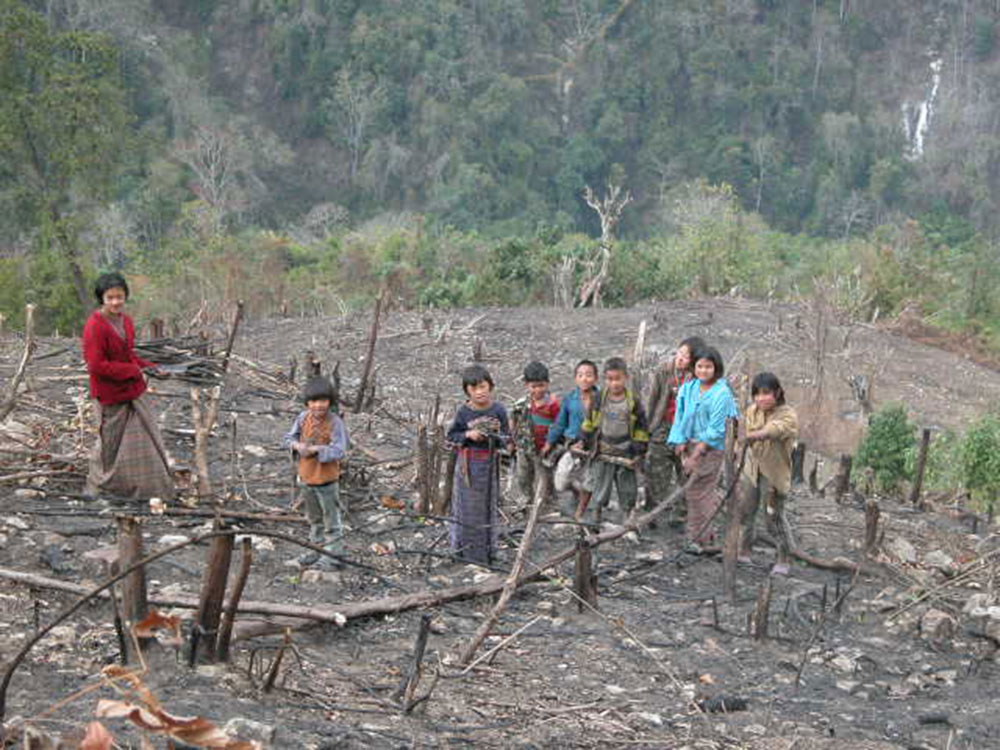We are a food importing country. We imported food commodities worth Nu 11.02 B and exported goods at Nu 3.14 B in 2021. When India imposes restriction on food exports, we face food shortages and high inflation. There is currently wheat shortage in the market. Rice may be next.
This was not always the case. We were once a food self-sufficient country trading rice, wheat and other cereals across the border to Tibet. People paid tax in the form of farm produces and livestock products and these maintained the government institutions and monasteries.
Food security in the country started to suffer with the 1969 Forest Act. The forest law had roots in British colonialism in India. The primary motive of colonialism was to exploit the natural resources and make money. The British enacted the forest law which made trees the centre of universe, not the welfare of the people. They took control of India’s one fifth land area, disregarded customary and private property rights, restricted people’s access to forests, levied tax on forest produces and instituted a fence and fine system.
The colonial foresters particularly viewed shifting cultivation, a traditional food production system practiced by millions of hill people, negatively. They believed that the practice destroyed the forests and it harmed their economic interest. They demonised it as being a primitive and environmentally destructive farming practice. They felt they needed to ban people from practicing it.
In Bhutan, the 1969 Forest Act allowed the existing shifting cultivation to continue but prohibited the fresh clearance of forest. By the time of the 1974 Forest Policy, the government decided to completely abolish it in order to save the forests. Our local term for shifting cultivation is tseri.
A government study in 1991 noted that tseri constituted 32 percent of the total cultivated land in the country, and it provided up to 75 percent of the annual family food requirements. About 100,325 acres of land were tseri according to Thram records but satellite images showed tseri to be three times more on the ground at 284,193 acres. Farmers grew on tseri maize, rainfed rice, wheat, buckwheat, millet, mustard, beans, soya beans, potato, pumpkins, radishes etc.
The government in the name of forest conservation seized and removed 32 percent of total arable land out of the food production system. The government again in the name of forest conservation seized permanent arable land if they had remained fallow for over 12 years and contained tree saplings. According to the satellite images, the total arable land in the country dropped from 9.3 percent in 1983 to 2.75 percent in 2016. The proportion of arable land in India is 50.4 percent, Nepal 15.1 percent, Bangladesh 59 percent, Sri Lanka 20.7, Pakistan 27.6 and Ukraine 56.1 percent.
Today the food production base is at such an extremely low level, only a miracle can help us to achieve our food security goal. But the greatest irony is that we are also a wood importing country, importing seven times more than exporting it for a country with 84 percent forest cover.
Contributed by
Phuntsho Namgyel
Forest Analyst


